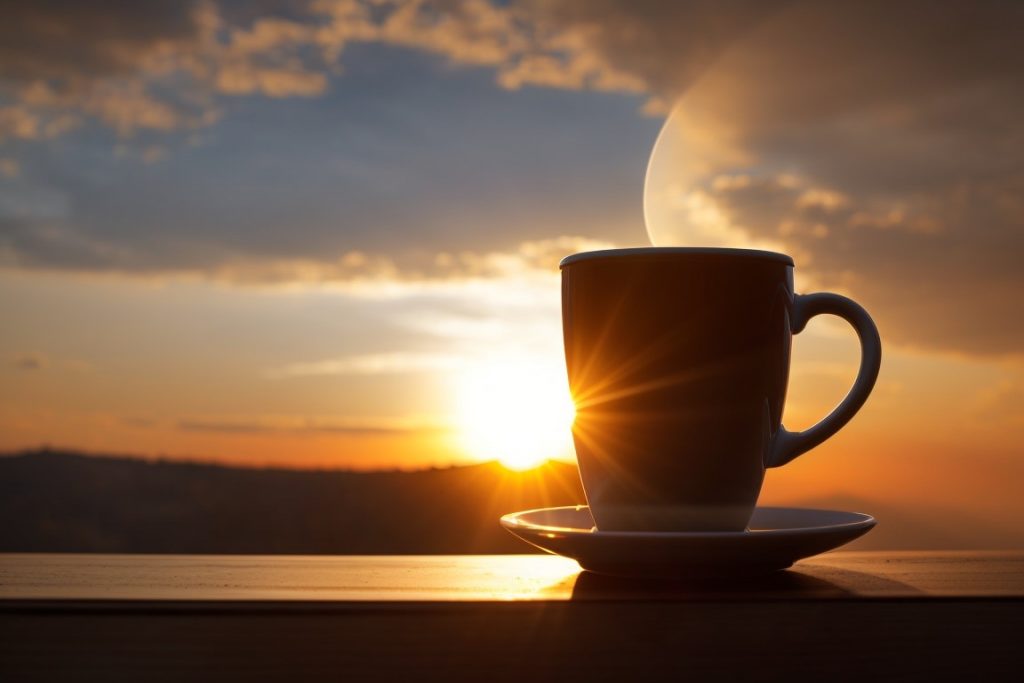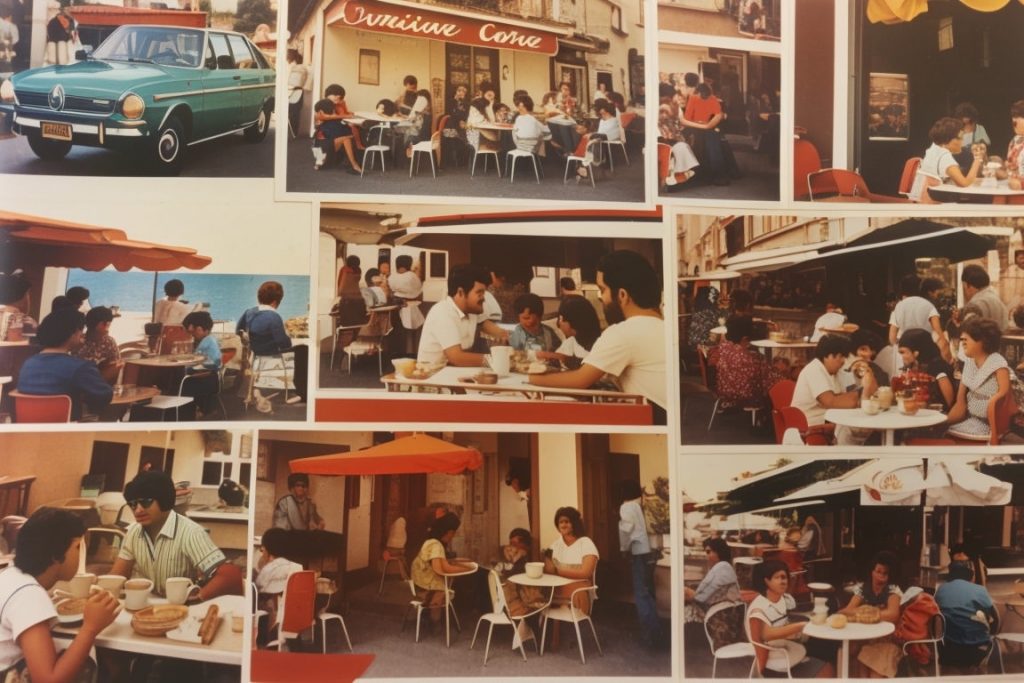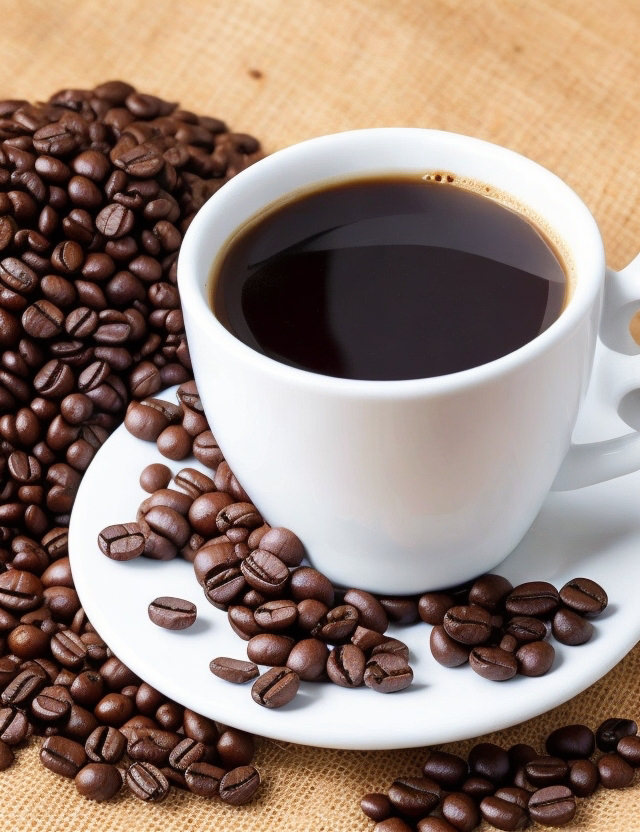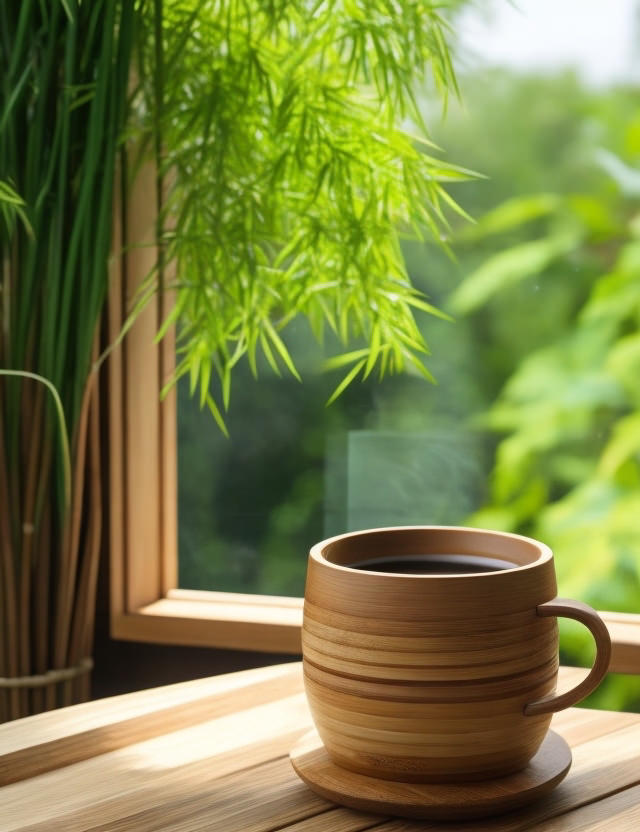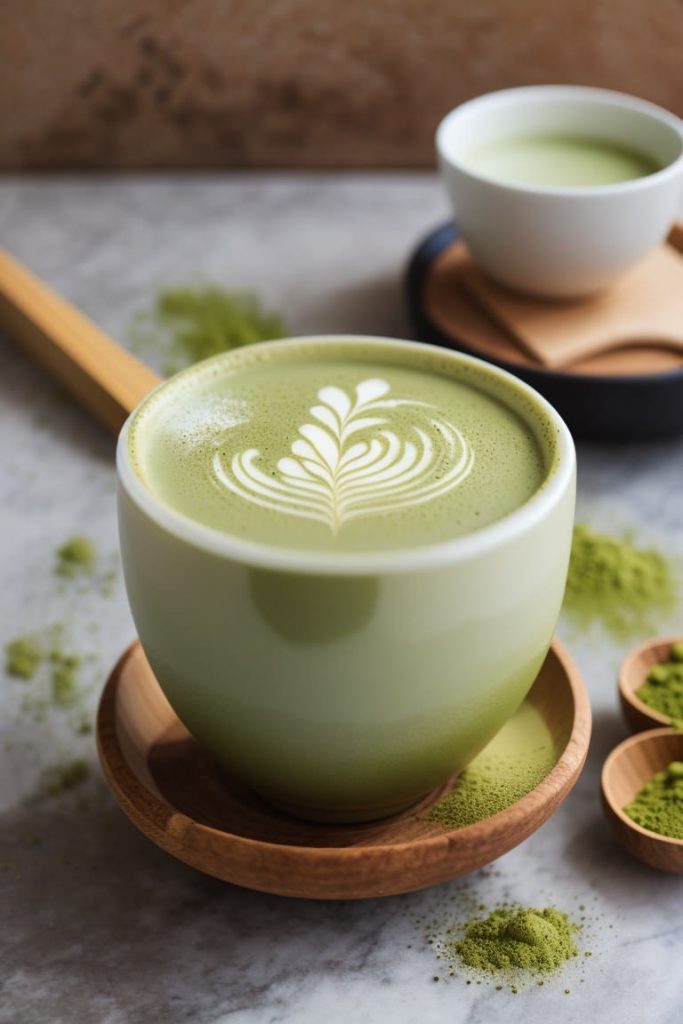Paper and metal filters stand as two of the popular choices among coffee enthusiasts and baristas when it comes to brewing that perfect cup of coffee. Each of these filter types brings its own set of unique advantages and disadvantages to the table, significantly influencing the coffee-making experience as well as the final brew that’s served. Among the various factors that differentiate them, flavor, environmental impact, cost, and ease of use are the prominent ones that often steer the decision of a coffee lover from one to the other.
The choice of a filter can remarkably influence the flavor profile of the coffee. For instance, paper filters are celebrated for their ability to deliver a clean, bright flavor, which is primarily due to their proficiency in trapping oils and fine coffee particles. On the other hand, metal filters allow more oils and fine particles to pass through, often resulting in a more robust and full-bodied flavor that many find appealing. Unlike paper filters, metal filters do not remove diterpenes which could be a concern for individuals watching their cholesterol levels.
When it comes to the environmental footprint, metal filters score a point for being reusable, thus reducing waste and being a more eco-friendly option. Conversely, paper filters are single-use, and their disposal post-brewing contributes to waste generation, albeit they are biodegradable.
The cost factor also plays a crucial role in this choice. While paper filters necessitate continuous repurchasing, contributing to ongoing expenses, metal filters come across as a one-time investment that could prove to be cost-effective in the long run, despite their higher upfront cost.
Lastly, the ease of use is often a deciding factor for many. The convenience of simply discarding a paper filter along with the grounds post-brew is a hassle-free cleanup experience many prefer. On the flip side, metal filters require a bit more effort in cleaning and maintenance, which could be a deterrent for some, especially those with a busy lifestyle. Two additional points on this subject is I find that more coffee grounds go down the drain when cleaning the metal option, and the paper filter is easier to save and reuse the grounds for other purposes like mole repellent in the garden.
The debate between paper and metal filters in coffee brewing encapsulates a blend of personal preferences, lifestyle choices, and the pursuit of that perfect flavor profile. Whether it’s the eco-conscious and flavor-rich allure of metal filters or the clean, hassle-free, and health-conscious appeal of paper filters, the choice is as diverse as the myriad coffee beans available for brewing.
Please note that if you purchase from clicking on the link, some will result in my getting a tiny bit of that sale to help keep this site going.

